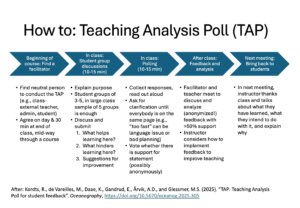
Currently reading Nazaretsky et al. (2026) on “Who Gives Feedback Matters: Student Biases Towards Human and AI-Generated Formative Feedback”
Most teachers I talk with recognize that asking GenAI to grade student exams is a terrible idea, but when it comes to formative feedback, there are a lot of teachers…









